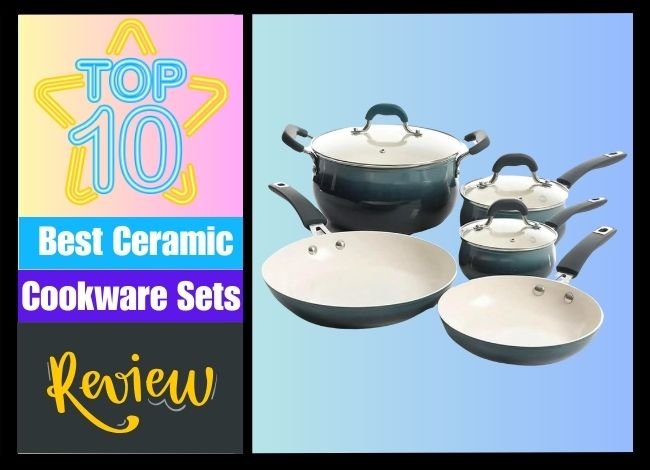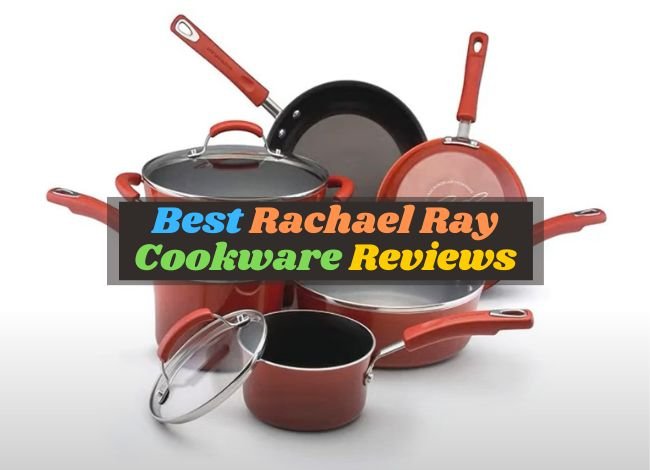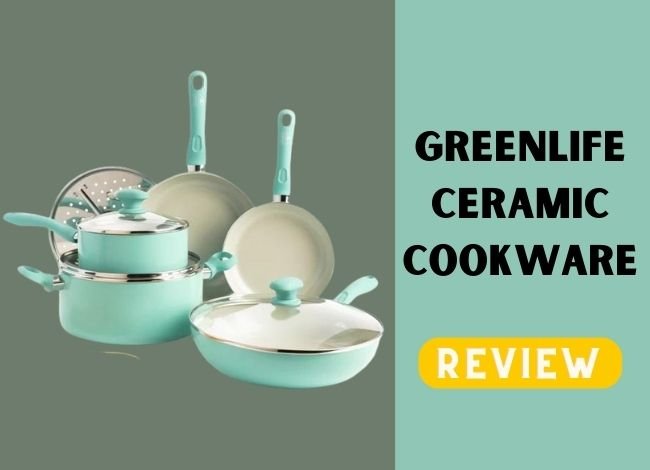Last Updated on January 15, 2024
All About Hard Anodized Cookware
Hard anodized cookware is a popular choice among professional and home cooks alike. It’s created through an electrochemical process that hardens aluminum, making it twice as hard as stainless steel. This process not only imparts strength but also creates a naturally non-stick surface without the need for chemical coatings. The cookware is known for its uniform heat distribution, reducing hot spots and ensuring evenly cooked meals. It’s also non-reactive, meaning it won’t alter the flavor of acidic foods. While it’s generally more expensive than Teflon, its longevity and robustness offer good value for money. Additionally, it’s typically oven-safe, providing versatility in cooking methods. However, it requires careful maintenance, as dishwasher cleaning can diminish its non-stick properties over time.
All About Teflon Cookware
Teflon cookware is renowned for its non-stick coating, which is a brand name for a type of PTFE (Polytetrafluoroethylene). This coating allows for cooking with minimal oil and easy food release, making it a favorite for low-fat cooking and effortless cleanup. It heats up quickly and requires lower cooking temperatures. However, Teflon’s durability is a concern; the coating can scratch and wear off over time, especially if used with metal utensils or harsh scouring pads. Additionally, when overheated beyond 500°F (260°C), Teflon coatings can release toxic fumes, posing a health risk. It’s also not ideal for high-heat cooking methods like searing. Teflon cookware is generally more affordable than hard-anodized options and is a convenient choice for everyday low to medium-heat cooking.
Hard Anodized vs Teflon Cookware Comparison Table
| Feature | Hard Anodized Cookware | Teflon Cookware |
|---|---|---|
| Durability: | Highly durable, resistant to scratches | Less durable, prone to scratches |
| Heat Conductivity: | Excellent, heats evenly | Good, but can warp at high temperatures |
| Non-stick Properties: | Very effective initially, may decrease over time | Excellent non-stick, but degrades faster |
| Health Concerns: | Safe at high temperatures, no harmful chemicals | Concerns at high heat, PFOA in older products |
| Ease of Cleaning: | Easy to clean, dishwasher safe | Very easy to clean, usually dishwasher safe |
| Price: | Generally more expensive | More affordable |
| Overall Performance: | Excellent for high-heat cooking, long-lasting | Best for low to medium-heat cooking, non-stick |
Hard Anodized vs Teflon Cookware: 8 Key Differences
Design: Discuss the aesthetic differences between hard anodized and Teflon cookware. Consider the color, finish, and overall look. Does one type typically come in more styles or colors than the other? How does the design impact the functionality or user experience?
Construction: Detail the materials and manufacturing processes used for both types of cookware. What makes hard anodized cookware different from Teflon in terms of construction? Talk about the durability, and thickness of the cookware, and how these factors affect cooking performance and longevity.
Affordability: Compare the price ranges of both types of cookware. Are there significant differences in cost? Discuss whether the price reflects the quality and longevity of the cookware. Consider offering examples of price ranges for basic sets or individual pieces.
Stove Compatibility: Examine how well each type of cookware works with different types of stoves – gas, electric, and induction. Are there any restrictions or ideal stove types for either hard anodized or Teflon cookware?
Oven-Safety: Discuss the oven-safety of both types. Up to what temperature can each type safely be used? Are there any special considerations or limitations when using them in an oven?
Heat Retention: Analyze how well each type retains heat. This could include how long they stay hot after being removed from the heat source. Discuss the implications of heat retention on cooking and energy efficiency.
Heat Conduction: Evaluate the heat conduction capabilities of hard anodized vs Teflon cookware. How quickly and evenly do they heat up? How does this affect cooking various dishes?
Pricing: While you’ve touched on affordability earlier, here you can go into more detail about the pricing. Discuss the long-term value, availability of replacement pieces, and whether higher-priced items offer significantly better quality or features.
Which one wins between the two Cookware and why?
In the ongoing debate between hard anodized and Teflon cookware, it’s crucial to consider both the benefits and drawbacks of each. Hard anodized cookware, known for its durability and excellent heat conduction, stands out for its ability to withstand high cooking temperatures without warping. Its non-porous surface is resistant to scratches, making it ideal for heavy use. On the other hand, Teflon cookware, famous for its non-stick properties, offers an unmatched ease of cooking and cleaning. However, it’s less durable than hard anodized cookware and can release harmful fumes if overheated. The choice ultimately depends on individual cooking needs and priorities: for those valuing durability and heat resistance, hard anodized cookware wins; for those prioritizing easy cooking and cleaning, Teflon is the go-to choice.
Conclusion
Choosing between hard anodized and Teflon cookware depends largely on individual cooking styles and priorities. Hard anodized cookware offers durability, and even heat distribution, and is suited for high-heat cooking, making it a long-term investment. Teflon cookware, meanwhile, shines in ease of use and maintenance, ideal for low to medium-heat cooking and those who prioritize convenience. Both types have their unique advantages and potential drawbacks. Understanding these can help consumers make an informed decision based on their specific cooking needs and preferences.
FAQ:
Question: How do hard anodized and Teflon cookware differ in durability?
Answer: Hard anodized cookware tends to be more durable and resistant to scratches, whereas Teflon coatings can be more prone to scratching and wear over time.
Question: Are there any health concerns associated with using Teflon cookware?
Answer: When overheated, Teflon coatings can release fumes that may be harmful. It’s important to use Teflon cookware at recommended temperatures and replace it if the coating starts to peel.
Question: Can hard anodized cookware withstand high temperatures?
Answer: Yes, hard anodized cookware can withstand higher temperatures than Teflon, making it suitable for searing and oven use.
Question: How does the cooking performance differ between hard anodized and Teflon cookware?
Answer: Teflon cookware provides excellent non-stick properties, ideal for low-fat cooking and easy food release. Hard anodized cookware also has non-stick qualities but excels in even heat distribution.
Question: Is hard anodized cookware safe to use?
Answer: Yes, it’s safe. The anodization process seals the aluminum, preventing it from leaching into food. However, it’s important to avoid cooking with metal utensils that can scratch the surface.
Question: How should I clean and maintain Teflon cookware?
Answer: Teflon cookware should be cleaned with non-abrasive sponges and mild detergents. Avoid using metal utensils and stacking without protective layers to prevent scratching.
Question: Is a hard-anodized cookware dishwasher safe?
Answer: While some hard anodized cookware is marketed as dishwasher safe, hand washing is recommended to extend its lifespan and maintain the non-stick surface.
Question: Can I use metal utensils with hard anodized or Teflon cookware?
Answer: Using metal utensils with Teflon is not recommended due to scratching risk. Hard anodized cookware is more tolerant, but using non-metallic utensils can help preserve the coating.
Question: How does the cost compare between hard anodized and Teflon cookware?
Answer: Hard anodized cookware tends to be more expensive than Teflon cookware due to its durability and manufacturing process.
Question: Can I cook acidic foods in hard anodized cookware?
Answer: Yes, hard anodized cookware is less reactive to acidic foods than regular aluminum cookware, making it safe for cooking various dishes.




